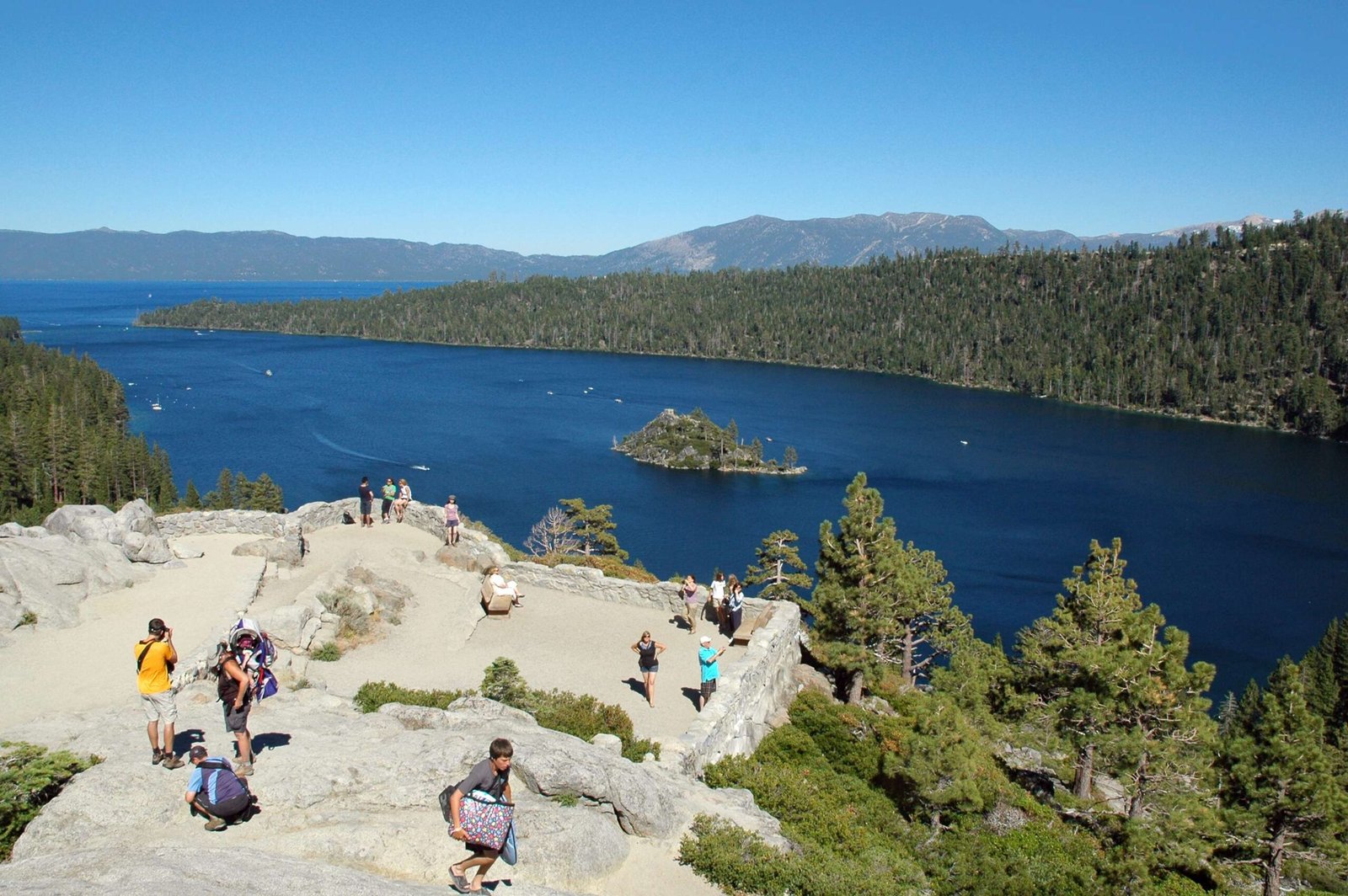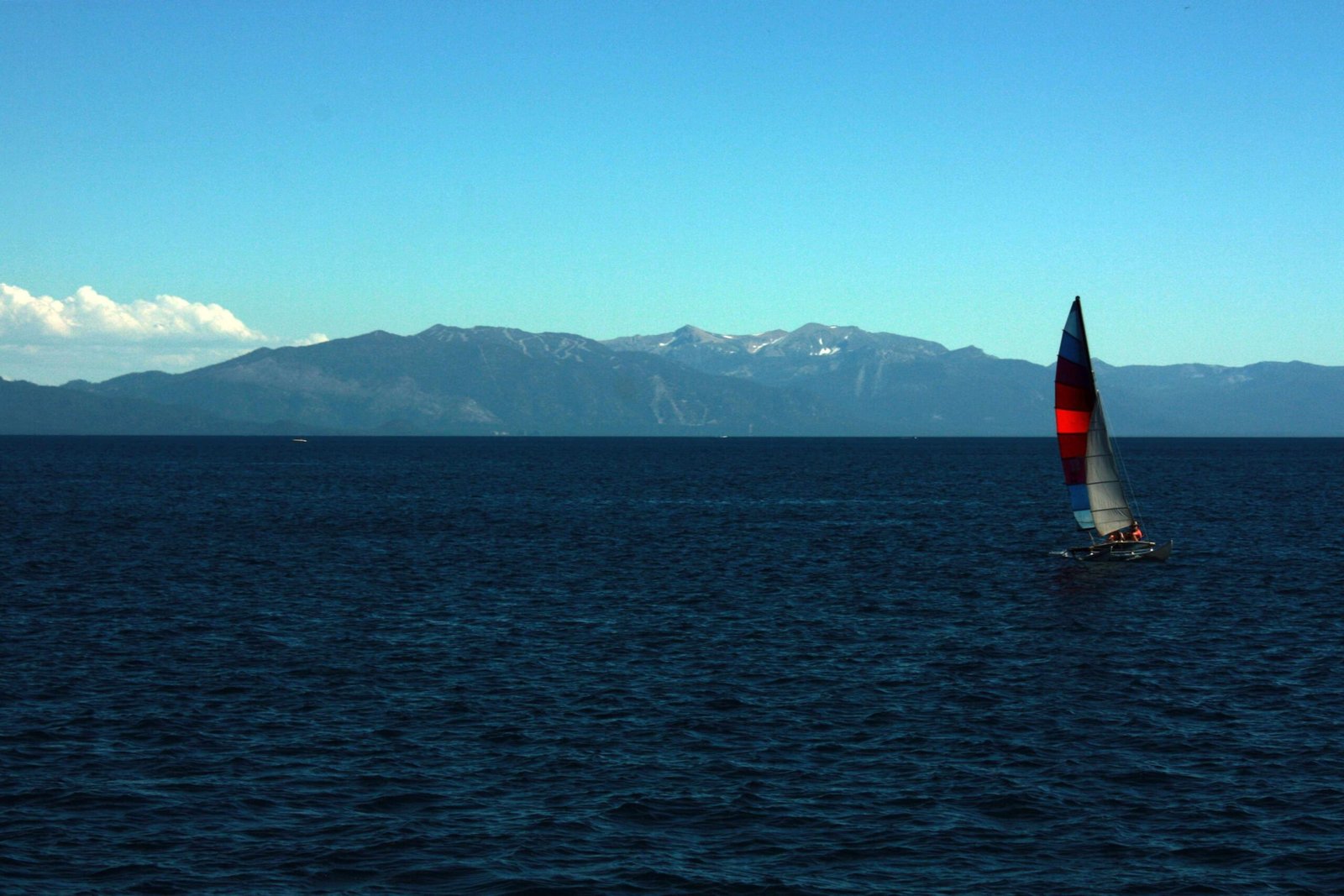Lake Tahoe’s depth has long been a subject of fascination for scientists, tourists, and locals alike. Many wonder about its true depth and the mysteries that lie beneath its crystal-clear waters. This article explores the known depths of Lake Tahoe, how this information was obtained, and what it means for the lake’s ecosystem and surrounding communities.
What Is the Maximum Depth of Lake Tahoe?

Lake Tahoe’s maximum depth is an impressive 1,645 feet (501 meters), making it the second deepest lake in the United States, surpassed only by Crater Lake in Oregon. This extreme depth contributes to the lake’s unique characteristics and ecological importance.
How Was Lake Tahoe’s Depth Measured?

The depth of Lake Tahoe has been measured using various techniques over the years:
- Early Soundings: Initial measurements were made using weighted ropes or cables.
- Sonar Technology: Modern depth measurements utilize advanced sonar equipment.
- Bathymetric Mapping: Detailed underwater topography has been created using multi-beam sonar systems.
What Is the Average Depth of Lake Tahoe?
While the maximum depth is impressive, the average depth of Lake Tahoe is also noteworthy:
- Average Depth: 1,000 feet (305 meters)
- This significant average depth contributes to the lake’s massive water volume.
How Much Water Does Lake Tahoe Hold?
The volume of water in Lake Tahoe is staggering:
- Total Volume: Approximately 39 trillion gallons
- Equivalent Coverage: Enough to cover the entire state of California to a depth of 14½ inches
This immense water volume plays a crucial role in the region’s water supply and climate regulation.
What Are the Key Measurements of Lake Tahoe?
To fully appreciate Lake Tahoe’s size and depth, consider these key measurements:
| Measurement | Value |
|---|---|
| Maximum Depth | 1,645 feet (501 meters) |
| Average Depth | 1,000 feet (305 meters) |
| Surface Area | 191 square miles (495 square kilometers) |
| Shoreline Length | 75 miles (120 kilometers) |
These dimensions make Lake Tahoe one of the most significant freshwater bodies in North America.
How Does Lake Tahoe’s Depth Affect Its Ecosystem?
The extreme depth of Lake Tahoe has several impacts on its ecosystem:
- Temperature Stratification: The deep waters remain cold year-round, creating distinct thermal layers.
- Nutrient Cycling: Depth affects how nutrients are distributed and cycled within the lake.
- Species Adaptation: Unique deep-water species have evolved to thrive in the lake’s depths.
- Water Clarity: The depth contributes to the lake’s famous clarity by diluting sediments and nutrients.
What Activities Allow Visitors to Explore Lake Tahoe’s Depth?
For those interested in experiencing Lake Tahoe’s depth firsthand, several activities are available:
- Scuba Diving: Certified divers can explore underwater features and shipwrecks.
- Snorkeling: Shallow areas offer opportunities to observe the lake’s clarity and aquatic life.
- Glass-Bottom Boat Tours: These tours provide views of the lake bottom in certain areas.
- Submersible Tours: Occasionally available, these tours offer a unique perspective on the lake’s depths.
How Does Lake Tahoe’s Depth Influence Local Climate and Weather?
The depth of Lake Tahoe plays a significant role in local climate patterns:
- Temperature Moderation: The large water mass helps moderate temperatures in the surrounding area.
- Lake Effect Snow: The deep, never-freezing lake can contribute to increased snowfall in nearby mountains.
- Wind Patterns: The lake’s depth influences local wind patterns and microclimates.
What Research Is Being Conducted on Lake Tahoe’s Depth?
Ongoing research into Lake Tahoe’s depth includes:
- Water Quality Studies: Monitoring how depth affects water quality and clarity.
- Climate Change Impact: Assessing how warming temperatures might affect the lake’s thermal structure.
- Geological Research: Studying the lake’s formation and underwater features.
How Does Lake Tahoe’s Depth Compare to Other Lakes?
To put Lake Tahoe’s depth into perspective, here’s a comparison with other notable lakes:
- Crater Lake, Oregon: 1,949 feet (594 meters) – Deepest in the U.S.
- Lake Tahoe, California/Nevada: 1,645 feet (501 meters)
- Lake Chelan, Washington: 1,486 feet (453 meters)
- Lake Superior: 1,332 feet (406 meters) – Deepest of the Great Lakes
This comparison highlights Lake Tahoe’s significant depth on a national and global scale.
What Are the Challenges in Preserving Lake Tahoe’s Depth and Water Quality?
Maintaining Lake Tahoe’s depth and water quality faces several challenges:
- Sedimentation: Erosion and development can increase sediment inflow.
- Nutrient Loading: Excess nutrients from human activities can affect water clarity.
- Climate Change: Warming temperatures may alter the lake’s thermal structure and ecosystem.
- Invasive Species: Non-native species can disrupt the lake’s delicate ecological balance.
Efforts to address these challenges include strict environmental regulations, restoration projects, and public education initiatives.
Lake Tahoe’s remarkable depth continues to captivate researchers, environmentalists, and visitors alike. Understanding and preserving this unique feature is crucial for maintaining the lake’s ecological health and natural beauty for future generations.
References:
1. GoldKey Marine – How Deep is Lake Tahoe?
2. Tahoe Environmental Research Center – Tahoe Facts and Trivia
3. Tahoe Lakeshore Lodge – Learn About the Depth of Lake Tahoe

